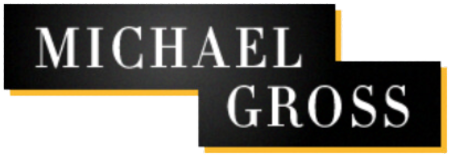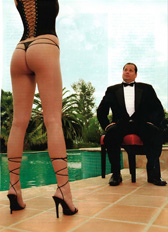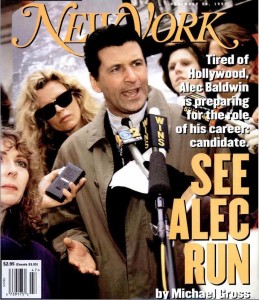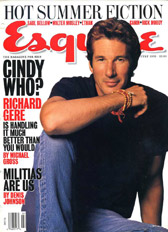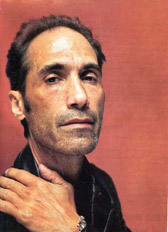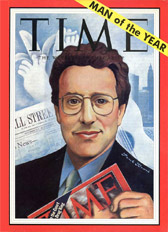
The Metropolitan Museum of Art, subject of my book Rogues’ Gallery, has been sued for defrauding the public ever since the 1970s when it first introduced its Pay What You Wish But You Must Pay Something admission policy in contravention of its lease for its buildings and land, which are publicy-owned (as is its art, which is held in trust for the public). A press conference on the lawsuit is scheduled for this afternoon, but today’s New York Post already has the story and a response from the museum’s flack, who describes the suit as frivolous, ludicrous and outrageous, pointing to the fine print on signs over the museum’s ticket desks. The same flack called Rogues’ Gallery “highly misleading,” though the museum administration has never cited a single error or misinterpertation in the book. According to the plaintiffs, highly misleading better describes the museum’s signage. The press release on the lawsuit follows:
For Immediate Release
November 14, 2012
METROPOLITAN MUSEUM SUED FOR CONSUMER FRAUD, AND FOR CHARGING UNLAWFUL ADMISSION FEES IN VIOLATION OF ITS LEASE WITH THE CITY AND NEW YORK STATE LAW
The Metropolitan Museum of Art has been sued for charging unlawful admission fees and committing consumer fraud, according to a 44-page complaint filed with the New York State Supreme Court earlier today. An 1893 statute requires that the Museum, which receives millions of dollars in annual taxpayer-funded subsidies, remain open and free to the general public five days and two evenings per week. And the Museum’s lease requires that the free days include Wednesdays, Thursdays, Fridays and legal and public holidays. But the Museum has been charging admission fees every day and evening. According to the Museum, the admission fee is merely “recommended,” but the complaint cites to a survey of more than 360 visitors to the Museum, and 85% believed that they were required to pay a fee to go inside.
The Museum charges $25 per adult for entry into the Museum. Consequently, a family of four is required to pay entry Fees up to $100. Although signs at the cashiers indicate in fine and tiny print that the Fee is “recommended,” few notice it, as the large bold-print references admission fees payable for adults, seniors and children. And, in any event, the Museum’s official policy is that, regardless of the signage referencing in small print that the fees are recommended, no one is permitted to enter without paying.
In addition, a half-dozen Museum-sponsored websites specify the admission fees and fail to mention the public’s entitlement to enter for free. As a result, people are defrauded into paying fees that, according to New York State law and the Museum’s lease, cannot be charged.
“It’s an absolute travesty,” commented Patricia Nicholson, one of the plaintiffs in the lawsuit. “The Museum was designed to be open to everyone, without regard to their financial circumstances — a public library of art and culture to enrich the lives of the citizenry. But instead, the Museum has been converted into an elite tourist attraction to be enjoyed only by those who can afford to pay expensive and illegal admission fees.”
Michael Hiller, the attorney representing the plaintiffs, commented that the evidence of the Museum’s violation of New York law is a absolutely clear “The statute and lease require that the Museum be free of charge to the general public five days a week, but it’s the Museum’s policy that no one can enter without paying a fee. The Museum’s violation of the law and breach of the lease could hardly be more blatant. But more than the violation of the lease and statute, the Museum’s illegal admission fee policy violates the public trust.”
As for consumer fraud, Arnold Weiss, who also represents the plaintiffs, commented that “the survey erases any doubt that the Museum’s deceptive signs and websites are intended to mislead people, and they do just that.” Mr. Weiss also emphasized that “this is not a situation in which just a few people didn’t understand; the overwhelming majority of visitors, with degrees ranging from high school to post-graduate, and tourists as well as native New Yorkers, all think that they are required to pay fees to enter the Museum.”
According to publicly-available documents, the Museum has collected more than $600 Million in admission fees over the years. And that figure doesn’t even include the monies collected by the Museum from people who purchased ‘memberships,’ the principal feature of which (according to the Museum) is to avoid paying the admission fees — which the Museum isn’t allowed to charge anyway. Meanwhile, the Museum receives taxpayer funding, plus the use of the city-owned Museum Building and the land in Central Park on which it is situated, all rent-free.
The lawsuit seeks, among other things, an injunction preventing any further violations of the Museum’s lease and New York law, and the Museum’s efforts at deception, plus attorneys’ fees. Plaintiffs have also asked for an order directing the Museum to reopen the Central Park entrance, which was closed in an effort by the Museum to avoid duplicating the cost of staffing those who collect the admission fees which the Museum is prohibited from charging in the first place.
